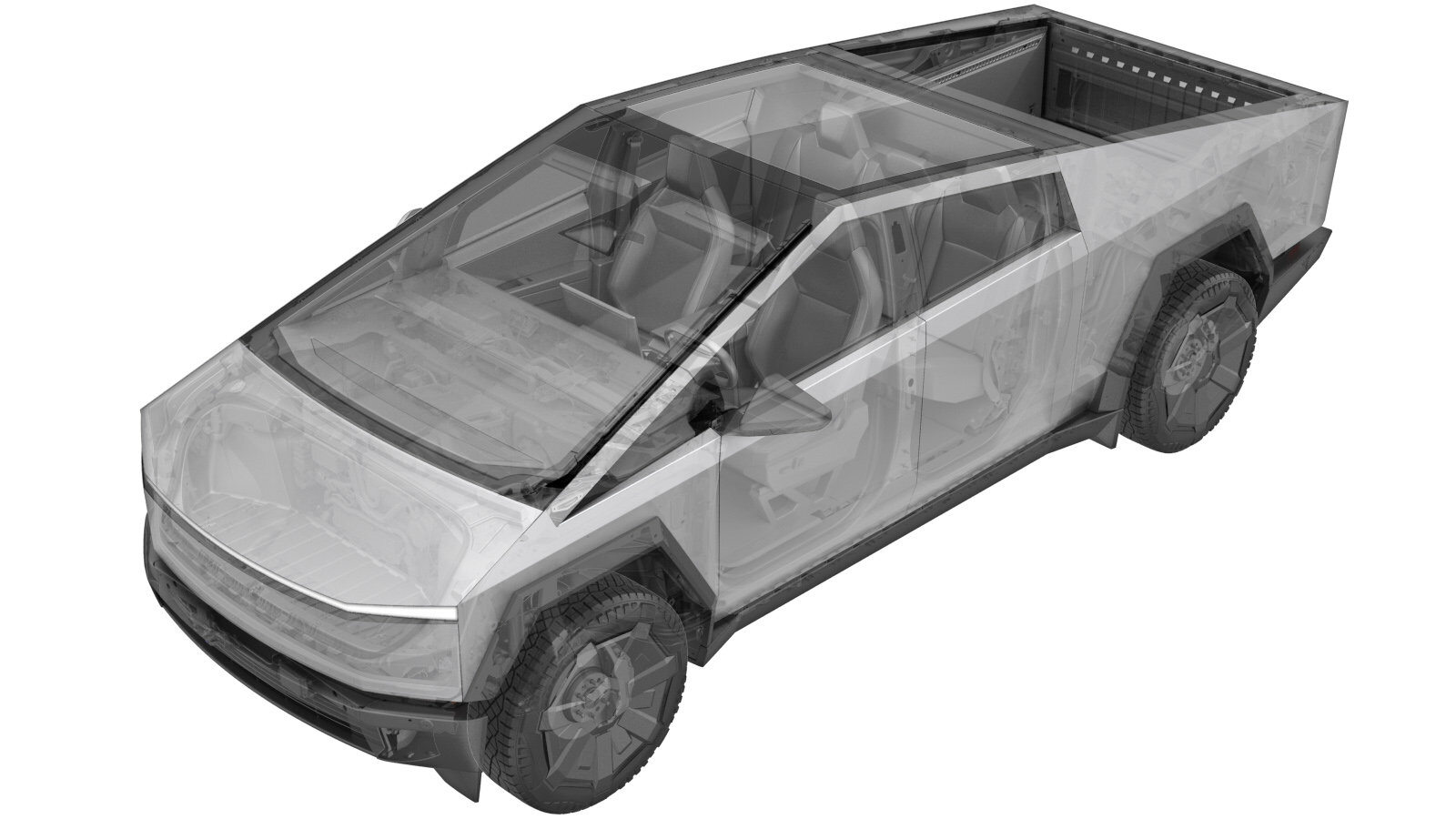Vehicle HV Disablement Procedure (Test/Adjust)
 Correction code
17010000
FRT
0.36
NOTE: Unless
otherwise explicitly stated in the procedure, the above correction code and
FRT reflect all of the work required to perform this procedure, including
the linked procedures. Do
not stack correction codes unless explicitly told to do so.
NOTE: See Flat Rate Times to learn more about FRTs and how
they are created. To provide feedback on FRT values, email ServiceManualFeedback@tesla.com.
NOTE: See Personal Protection
to make sure wearing proper PPE when performing the below procedure.
NOTE: See Ergonomic Precautions for safe and
healthy working practices.
Correction code
17010000
FRT
0.36
NOTE: Unless
otherwise explicitly stated in the procedure, the above correction code and
FRT reflect all of the work required to perform this procedure, including
the linked procedures. Do
not stack correction codes unless explicitly told to do so.
NOTE: See Flat Rate Times to learn more about FRTs and how
they are created. To provide feedback on FRT values, email ServiceManualFeedback@tesla.com.
NOTE: See Personal Protection
to make sure wearing proper PPE when performing the below procedure.
NOTE: See Ergonomic Precautions for safe and
healthy working practices.
- 2025-12-04: Added note not to remove HV leather gloves if procedure that requires isolation involves handling HV components.
- 2025-03-24: Added warning for regional tooling regulations.
- 2024-06-05: Added warning to measure the specified order of locations for high voltage.
Only technicians who have been trained in High Voltage Awareness and have completed all required certification courses (if applicable) are permitted to perform this procedure. Proper personal protective equipment (PPE) and insulating HV gloves with a minimum rating of class 0 (1000V) must be worn at all times a high voltage cable, busbar, or fitting is handled. Refer to Tech Note TN-15-92-003, High Voltage Awareness Care Points
for additional glove and safety information.
- 1076921-00-B, Insulation Multimeter, Fluke 1507
- 1130480-00-A, Test Probes, Slim, Fluke TP38
Disable
- Raise and support the vehicle. See Raise Vehicle - 2 Post Lift.
- Remove the rear underhood apron. See Underhood Apron - Rear (Remove and Install).
- Disconnect MV power. See Disconnect MV Power (Modify).
-
Verify the operation of the
multimeter.
NoteSet multimeter to DC voltage. Confirm multimeter is properly measuring voltage by testing MV battery. Touch lightly and do not damage terminals.
- Remove the mid aeroshield. See Skid Plate - Rear (Remove and Install).
-
Remove all items from pockets and
ensure that you are not wearing metal items.
-
Inspect HV insulating gloves.
NoteCheck gloves for damage prior to use. Refer to service document TN-15-92-003 for information on inspecting HV gloves.
-
Put on HV insulating gloves and
leather over gloves.
-
Install a current clamp to a single
cable on the RDU HV harness. If the meter measures less than 0.5 A, proceed to the next
step.
NoteVerify meter is zeroed out before performing measurement.NoteVerify ammeter is installed in correct direction.NoteIf the meter measures more than 0.5 A, do not proceed to the next step. In this case, start vehicle electrical isolation again to make sure that all was properly shut down. Escalate for assistance as required.WarningMake sure to wear PPE (HV gloves, safety glasses) when working on high voltage component.
-
Disconnect the RDU harness from the HV
header.
WarningMake sure to wear PPE (HV gloves, safety glasses) when working on high voltage component.NoteRelease locking tab and rotate the release lever up to disengage the connector. Release the harness clip. Do not force the release lever up.NoteMake sure the alignment tabs on the RDU header are not damaged.
-
Use the insulation multimeter to
measure for HV according to the sequence of locations specified below.
WarningIf voltage is greater than 10 V, the pack contactors are not open or are welded. Stop work and reach out to Service Engineering.WarningWear appropriate PPE (HV gloves, safety glasses) when working on high voltage components.WarningIn order to limit potential exposure to high voltage, measure for high voltage in the order specified below.
- B+ to ground
- B- to ground
- B+ to B-
Figure 1. B+ to Ground Figure 2. B- to Ground Figure 3. B+ to B- -
Return to the procedure that required the vehicle to be electrically isolated.
WarningFollow all safety instructions and PPE requirements of the procedure that required the vehicle to be electrically isolated. Do not remove the HV gloves if the procedure requires you to handle high voltage cables, busbars, or fittings.
Reenable
-
Connect the RDU connector to the HV
header.
NoteVerify that the lever is in the upright (open) position. Carefully seat the connector, then fully close the lever and verify that the red tab is locked.CAUTIONBe careful not to damage any pins.
- Remove leather over gloves and HV insulating gloves.
- Install the mid aeroshield. See Skid Plate - Rear (Remove and Install).
- Reconnect MV power. See Disconnect MV Power (Modify).
- Install the rear underhood apron. See Underhood Apron - Rear (Remove and Install).
- Remove the vehicle from the lift. See Raise Vehicle - 2 Post Lift.